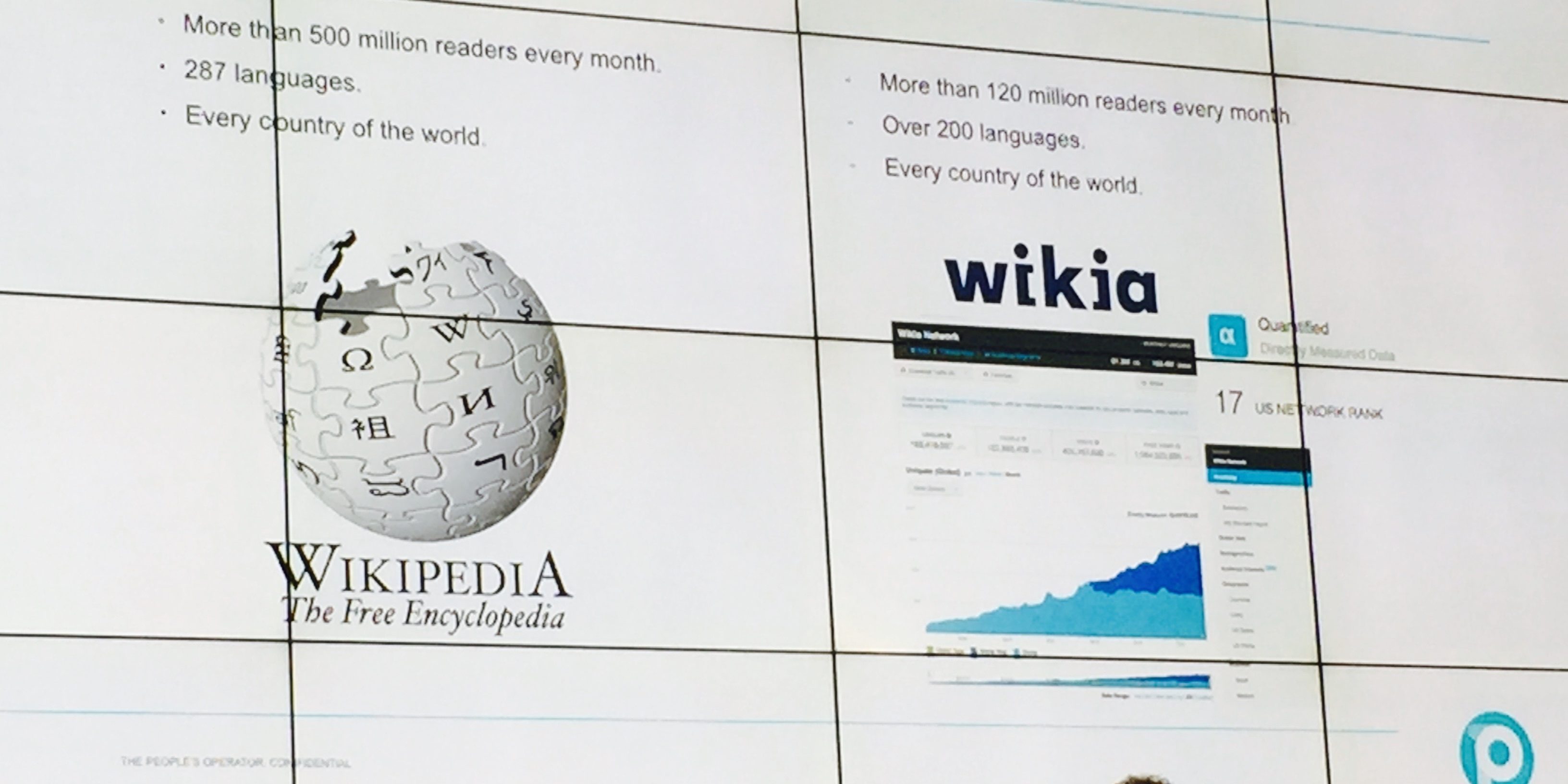Traditional media companies manage diversified portfolios of newspapers, magazines, Internet, radio and TV channels. As a result of decreasing (print) volumes and a shift of advertising spend from print to Internet, mobile and TV, profit margins are diminishing year over year. Despite the economic down turn, the main reason for the decline is the ‘end game’ which traditional media are experiencing in most of its activities. This accounts for newspapers and magazines but it happens even so for 1.0 websites often acquired by media conglomerates in the late zeros.
Unfortunately, no best practices have been developed in the media sector that show case a new future with a sustainable business model. Where this is true for individual, mostly traditional media companies, a new media model is emerging following the ‘open incubation’ principles based on open innovation and distributed entrepreneurship. I call this ‘platform publishing’ a development that traditional media companies should embrace, but ignored so far …
Platform publishing
Contrary to vertically integrated, non-collaborative media companies, platform publishing is an ecosystem whereby platform based service providers enable the emergence of new innovative micro-publishing models. Platform publishers offermedia initiatives, start-ups, bloggers, app developers and content owners access to all services required to develop, manage and exploit a media proposition.
A successful platform publishing provider is WordPress. WordPress, founded in 2003, enables bloggers to easily develop a blog or website. Yet, WordPress would not have been the most successful platform publisher if it had stuck to the provisioning of a blogging platform only. Today, WordPress has developed into the largest ecosystem of bloggers, service providers and ventures that offer thousands of services helping us todevelop a blog into a – all strings attached – media or ecommerce company. The third party services are provided through the WordPress (app-)store and range from hosting, advertising optimisation tools, design, site analytics to (micro) payment services.
Key activities become available ‘… as a Service’ for micro-publishers
Successful platform publishers break down the key activities of media companies into parts and offer these ‘… as a service’ to micro-publishers, ventures, and increasingly large enterprises. As such platform publishing resembles much to the successful franchise model in retail developed in the eighties of the last century. Typical ‘… as a Service’ provided functionalities by platform publishers such as Zanox (affiliate marketing), Facebook, eBay and Amazon are managed hosting, social media tools, (micro) payments solutions, administration, content and editorial tools, reach (access to readers, users and potential clients), advertising, design and functional tools. For sure this list is not limitative as more services are provided day and night …
Platform publishing is democratising venturing
Platform publishing is more than the provisioning of services to micro publishers. Platform publishing is enabling the lean start-up approach introduced by Eric Ries. In the past there was as high barrier to entry for start-ups due to large front-loaded investments in server capacity and software licenses. Today, platform publishers and cloud services are providing similar services much cheaper and based on usage(OPEX). Together with open source software, free content and open licenses (i.e. Creative Commons) hacking a minimal viable product (MVP) can be done in weeks rather than months. As a result, venturing no longer requires large investments (CAPEX) funded by venture capital.
With less money needed a new venture industry is emerging funded by serial entrepreneurs, informal investors and crowd funding platforms. It is only recently that globally the number of (micro) technology start-ups has skyrocketed. Thousands of new start-ups are building new layers of functionality and services based on smartphone sensor technology and existing publishing platforms, again adding new features and services in the field of mobile, social, video and gaming. Platform publishers and cloud services are making entrepreneurship accessible for everyone.
Yin & yang: together expanding the ecosystem
Platform publishers and mirco publishers have developed a ‘yin & yang’ relationship where collaboration has overtaken the zero-sum competition that used to be the default mode in media. Jointly they create a web of ventures and micro publishers that will further expand the ecosystem. The more platforms and ventures, the more new innovation and start-ups will arise. In a formula:
1+1 = 2 (+1) = 3 (+2) = 5 (+2) ….
Platform publishing will guide media companies to explore new business models
After years of declining volume and margin, the media industry still is in the first and second phase of transformation.
Traditional media companies have responded to the innovative start-up movement by starting to invest in start-ups through their corporate investment arms (second phase of transformation). Although I believe this a good step forward for media companies to embrace innovation, it does not make their core business such as newspapers, magazines and Internet part of the expanding and democratising platform publishing ecosystems. An active contribution to the emerging platform publishing ecosystems(third phase of transformation) is needed to let media companies create a new future.
Media companies do not have to start from scratch; instead, the only thing media companies have to do is to make as many as possible internal yet value adding activities available to third parties. Activities that qualify for the platform-publishingmodel could be sales advertising, administration, content (first look etc.), journalists, editing, printing, profiling, promotion and hosting. It speaks for itself that these services need to be top quality and scalable benefiting both the third party clients and the own media titles.
A radical review of core and non-core activities is needed
Whereas I believe that platform publishing will teach media companies to explore new business models, most media companies consider the above-mentioned activities as non-core. Many activities such as printing, distribution and administration have already been outsourced. A radical review of core and non-core activities is needed for media companies to become a platform publisher. If media companies succeed to become a platform publisher, I expect that, with exception of the main titles and brands, the ‘slope of the tale’ titles will become micro companies (created through buy-outs) using the platform services provided by the media company. If successful the platform services will be noticed by new media ventures and – previously unheard of – competitors …





